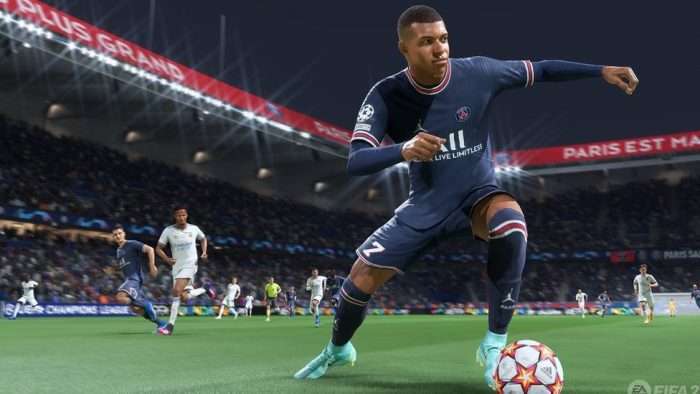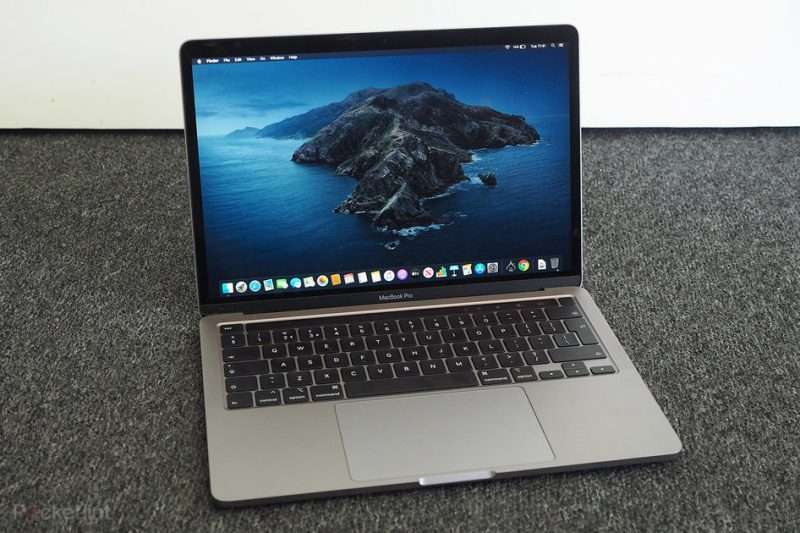Learn how to calculate FIFA pace in football video game. All details are available in this article.
Do You Need to Determine Your FIFA Pace? You’ve arrived at the correct place.
The FIFA series’ player ratings and pace score, which are the total scores assigned to each footballer in the game, are one of the features that keep fans coming back year after year. This, in turn, establishes who the greatest player on each episode is and assists managers in deciding who to choose for each particular game.
The higher the rating, the better the player at his trade. But how are they determined? This section contains information about the FIFA Pace player ratings.
FIFA Pace Calculator: How to Do It?
The pace is one of FIFA’s most crucial player stats, particularly in FIFA Ultimate Team. The pace characteristic influences a player’s running speed on the field.
The distance is divided by the running time to estimate the running pace. Typically, the distance unit used for pace computation is 100 meters divided by the running time per second (100m / sec).
How Are Overall Ratings Determined? FIFA Pace Ratings Explained
EA Sports has a large network of real-life scouts that attend games and examine game videos to establish the scores assigned to each player in the game. These might vary across episodes of the program. For example, if a young player improves his shooting or dribbling skills throughout a real-life season, his score will be enhanced for the next FIFA edition. Similarly, if an older player begins to slow down or loses stamina, his score will reflect this.
Pace, scoring, passing, defense, dribbling, and physicality are the six primary categories that show with the total score. Each player receives a score for each of these categories, which are used to produce an overall rating out of 100.
So, why do some players appear to have a larger or lower score than they should? Why would a defender’s score be influenced by his ability to shoot, such as Virgil van Dijk? Why should a striker’s score be lowered because of his defensive abilities?
There is more to it than meets the eye.
FIFA’s coefficient-rating system
In reality, there are many more than six variables used to generate player ratings. In reality, from a pool of around 35 alternatives, a dozen data are employed to calculate their total score. Each dozen or so chosen for a certain player is matched to their position.
Virgil van Dijk, for example, is evaluated based on his standing tackles, diving tackles, defense awareness, heading precision, strength, aggressiveness, and interceptions. He assigns a score between 1 and 100 to each of these, and the total of these values is the overall score.
On the other hand, Jadon Sancho is graded on shooting, dribbling, pace, crossing, inventiveness, passing accuracy, and movement. Wouldn’t it be pointless to rate him on interceptions? The 10-15 coefficient metrics of each player differ from those of players who do not play the same job as him.
Furthermore, each of these customized categories is granted a coefficient rating based on its significance to that position. Consider Van Dijk: defensive awareness is more crucial to him than short passing skill. As a result, defensive awareness has a coefficient value of 0.15. Because the coefficient rankings must add up to a total score of one, van Dijk’s defensive awareness score (92 out of 100) accounts for about 15% of his overall score. Got it?
Good! So, even though van Dijk’s shooting metric looks to be one of the six most essential stats in his composition, it has very little influence on his total FIFA score of 89.
We hope that you are now clear how the player’s pace is calculated in FIFA football game.




